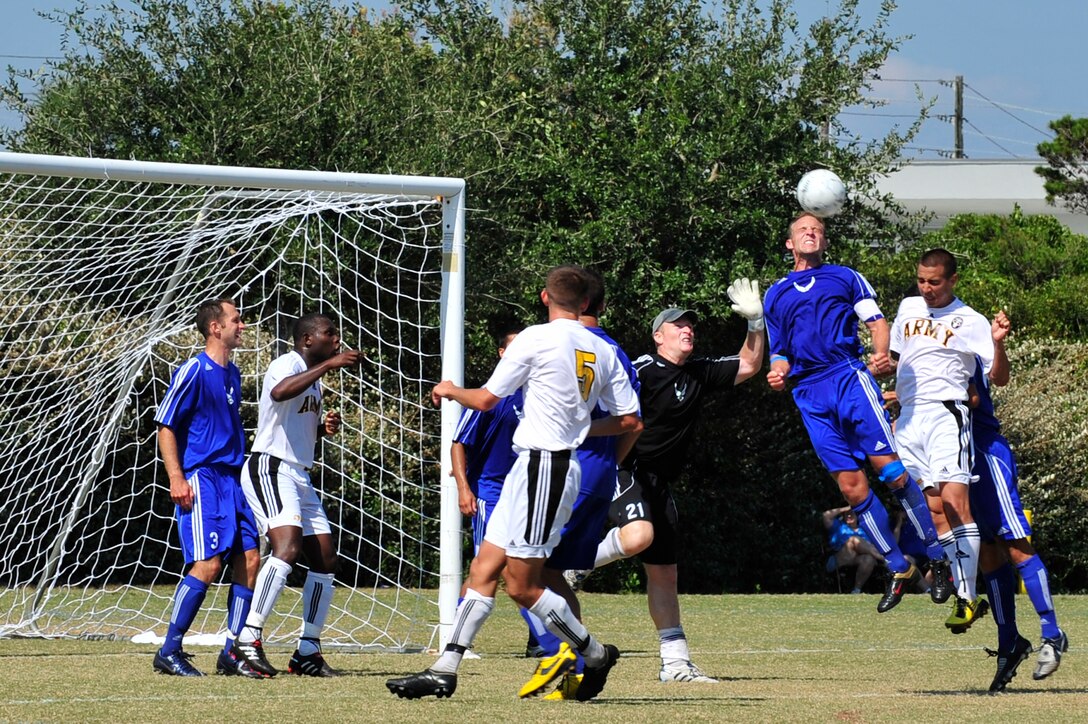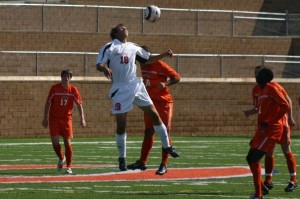In soccer this is a term that often gets a bad reputation.
I believe that for the most part players and parents worry about heading because players have not learned how to do it properly.
Indeed, heading is a lost art in youth games.
Safety Risks of Heading in Youth Soccer
Kids do not want to head the ball because it can hurt and coaches do not want to teach heading because kids can get hurt by knocking heads.
However, more research is coming out that links repeated heading (especially when done improperly) to long-term cognitive damage.
So first of all, we strongly support any safety measures that limit or forbid heading in youth soccer, and it’s likely that more of these regulations will be put into place in the coming years.
Be sure to check with your coaches and local soccer organizations for any applicable policies or recommendations before working on heading, especially for younger players.
For US club soccer, a new concussion initiative spearheaded in 2016 released new rules that prohibit heading in U-11 and younger (both practices and games), and limited heading in U-12 and U-13.
But as you get older and as long as you learn the right technique, heading is a fundamental soccer skill that can elevate your game to a higher level.
This post will walk you through the basics of how to head the soccer ball correctly and without pain so you can win more challenges in the air.

How to Head a Soccer Ball and Win Aerial Challenges
1.) First, jump first and keep your arms out and bent at a 90 degree angle to protect yourself (do not swing your elbows).
Brian Jaworski, head coach at Grinnell College, has always preached jumping first. This will allow you to win the ball at its highest point.
Also, keeping your arms bent at 90 degrees gives you space to head win the header.
And by having your arms out, you might get an extra boost from your opponent.
You might be boosted higher into the air or just simply kept up in the air a little longer by your opponent jumping into the bottom of your elbows.
This will give you an advantage and ultimately help you win the header.
2.) Keep your eyes open and your mouth shut.
You want to keep your eyes open so you can see where the soccer ball is coming in and where you are going to head it.
Keeping your mouth shut prevents you from biting your tongue, which can be fairly common during jumping and heading.
3.) Contact the soccer ball at your hairline ( the spot where your forehead meets the beginning of your hair.)
Heading the soccer ball in the correct spot gives you the most control.
If you head the soccer ball below your hairline, then there is a chance of the ball hitting you in the face.
If you head the soccer ball above your hairline, then it will just hurt.
4.) Use your whole upper body when making contact with the soccer ball.
You do not want to bend at the neck. You want to attack the the soccer ball, bend at the waist, and push your head forward when making contact with the ball.
Remember, do not bend at the neck!
And don’t let the ball hit you. That will hurt.
You must attack the soccer ball, because if you don’t, a defender will beat you to it and you won’t have the most control and power.
Simply put, heading is not a skill that you want to do improperly, so it’s crucial to learn proper technique so not only do you improve your game, but you also stay safe too.
